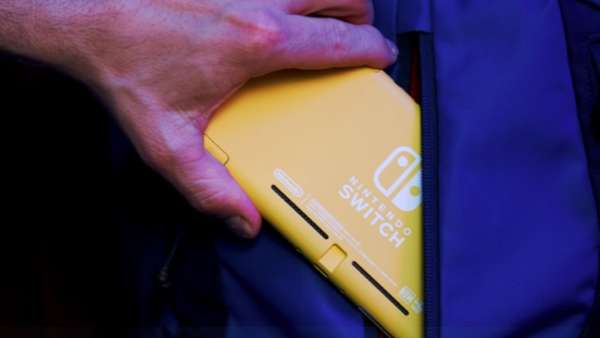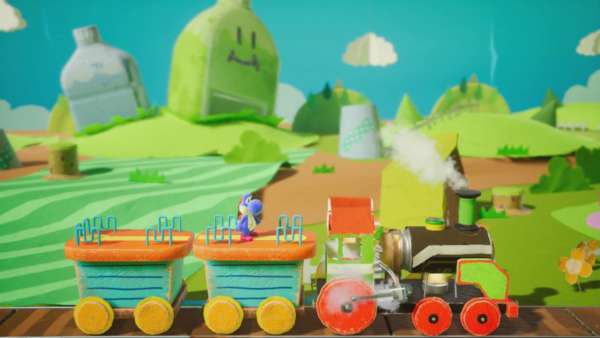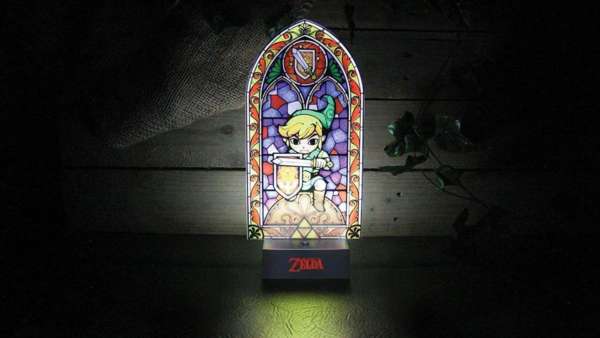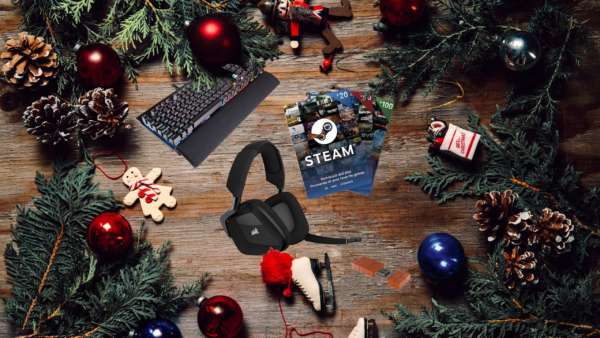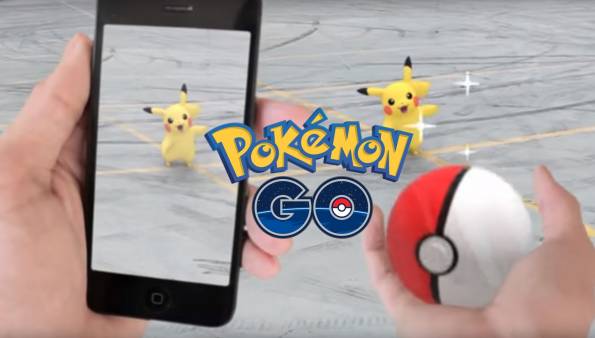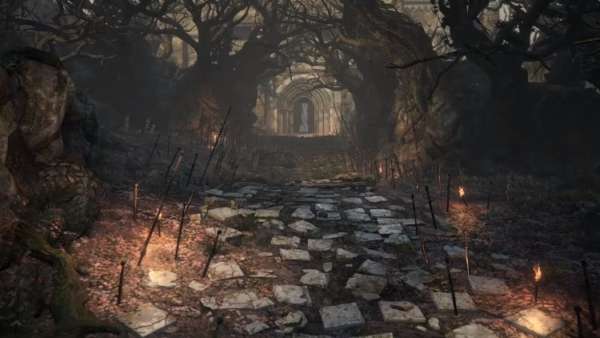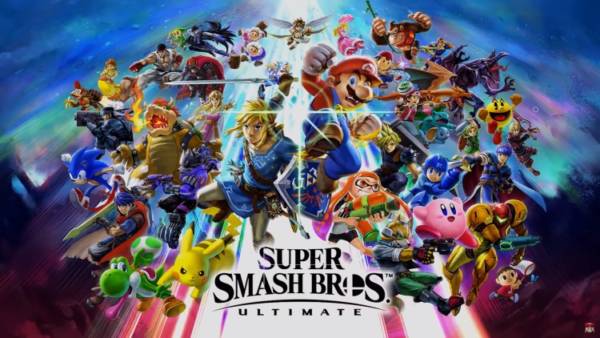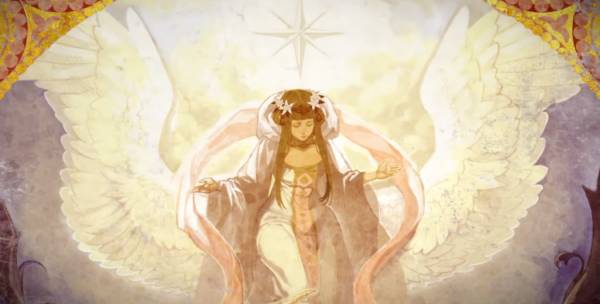So, we’ve covered traditional fighting games like Street Fighter and Mortal Kombat, now onto Smash Bros. Smash isn’t your typical fighting game, as the focus is not on taking down an enemy’s lifebar but by racking up enough damage onto an enemy to send them flying off stage. Due to the fact the mechanics of combat are quite different to your standard 2D fighter, a lot of very specific language has built up around Smash which may be hard to decipher for a new player or a first time spectator.
This guide aims to decode many of the terms commentators will commonly use when discussing high level gameplay, in order to help you get the most out of the many Smash streams that will appear on Twitch on the next few weeks. If you want to refresh your mind on the basic universal terminology that applies to most fighting games, make sure to check out this guide.
20XX: 20XX is a joke term invented by the player Hax, referring to a time where everyone is so good at Melee, that everyone plays Fox to such a high degree that games are decided by who gets the first controller port.
4-stocked: One lower than a JV5, 4-stocking someone is where you beat an opponent without losing a single life. In Smash for Wii U, the equivalent term is a 2 stock. Here is an example of one of the fastest 4 stocks in history.
Blastzones: Blastzones are the areas which surround the edge of the screen and cause characters to lose a stock if they touch them.
Counterpick: In Smash, picking stages is almost as crucial as picking your character. The way stage picking works is you start with a pool of neutral stages which the 2 players will take turns banning until there is only one left. You decide who bans first via Rock Paper Scissors. In Melee, there are 5 neutral stages so one player bans a stage, then the other player bans 2, then the first player bans one more stage and they fight on the remaining one. After the first round, counterpick stages then become available to pick from. The winner of the first round then bans two stages before the loser then picks the stage. The second round of banning is only in effect in best of 3 sets, there are no bans after the initial round in best of 5 sets.
Crouch cancelling: In Melee, crouching can reduce the knockback of certain moves.
Dash dancing: When a character is dashing, you can input another dash to make the character move in the opposite direction without losing momentum. Dash dancing is when you do this in quick succession and it is often used as a way to fake out opponents or space a move correctly.
Dave’s Stupid Rule: This is a ruling used in most major tournaments to stop players returning to the same stage over and over again within a set. The usual variation of DSR is that a player cannot pick a stage that they have already won on in that set. So, in a Falcon vs. Peach match, Peach loses the first game so she gets to pick the next stage. Say she picked Final Destination and then won, she cannot then pick Final Destination again in that set.
DI (Direction Influence): DI is a major part of how players survive to high percents in Smash. By aiming your control stick in a specific way whilst being launched, you can partially control the direction in which you fly. You want to aim for a place perpendicular to the direction you are being launched at in order to survive for the longest time. Having good DI means you will survive to higher percents after being launched.
DJ Nintendo with importance of DI.
Edgeguard: Edgeguarding is the act of securing the edge of a stage, so a player who is recovering from offstage cannot get back on. Characters can edgeguard by throwing projectiles to interrupt the recovering player’s jump, holding onto the edge so the recovering player cannot grab it themselves (which is known as edgehogging) or by using an attack on the edge which hits below and knocks a player away.
Fastfall: If you press down at the peak of a character’s jump, your character will fall much faster than usual. Some characters like Fox and Captain Falcon have faster falling speeds by design, and are called fastfallers.
Foxtrot: A foxtrot is where you input a dash in the same direction repeatedly.
Gentleman’s Rule: This rule overrides David’s Stupid Rule, where players can go to any stage they want as long as they both agree to it. In Smash for Wii U, most players will Gentleman’s Rule in the first game and go straight to Smashville.
Gimping: Gimping is where you KO a recovering opponent by interrupting their recovery with a move that wouldn’t kill otherwise. Blocking recovery moves like Ness’ PK Thunder or taking away someone’s jump by hitting them with Sonic’s spring would be examples of people being gimped.
Johns: A john is an excuse a player puts forward for why they played badly, like their controller wasn’t working or the sun was in their eyes. People who make continuous excuses are said to be johning and players will often say ‘No Johns’ to counter someone who keep making excuses.
JV: A JV is where you defeat an opponent without taking any damage on that stock. The number of the JV is always one higher than your stock count so if you have 3 stocks and take no damage, that would be a JV4. Getting JV5’ed is the ultimate dishonour, the equivalent of getting double perfected in a traditional fighting game.
Ken Combo: A Marth combo, discovered and popularised by the King of Smash, SephirothKen. The combo is a single jump, forward air, another jump into a down air which spikes. While it is a simple enough combo, it requires precise spacing to be pulled off consistently.
L-cancel: This, combined with short hopping and wavedashing, act as the holy trinity which all Melee players must learn should they wish to play at a competitive level. L or lag cancelling is where a player inputs the shield command a few frames before they hit the ground whilst doing an aerial attack. If done correctly, it will half the landing lag of that aerial move.
Ledge trump: This is unique to Smash 4, as players can now force someone off the ledge by grabbing the ledge at the same time as the recovering player. This causes the recovering player to let go, allowing the other player to follow up with an attack to send them further away and possibly KO them.
Meteor smash: A meteor smash is a move which sends a player straight downwards but the knockback can be cancelled by using an up b move. This is known as meteor cancelling.
OoS: Out of Shield.
Powershield: Powershielding is where you hit the shield just as an attack hits you which eliminates any shield stun. Powershielding also reflects projectiles.
Press 1: A term coined by commentator HomeMadeWaffles. Commentators will often ask people to press 1 if a player has done something embarrassing or sad, like SD at low percent or die in a particularly dishonourable way.
